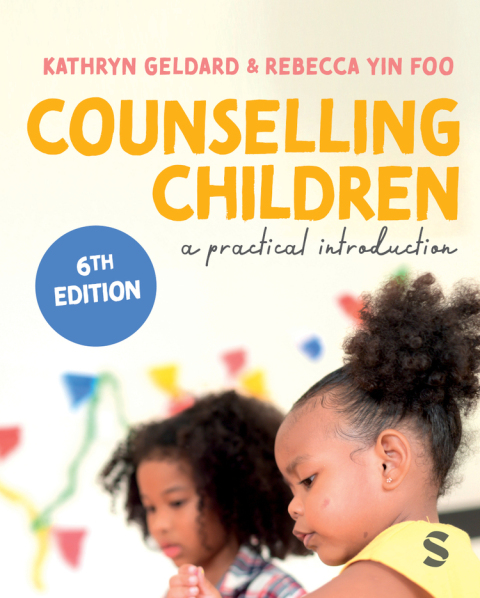Description
Efnisyfirlit
- Online Resources
- About the Authors
- Introduction to the Sixth Edition
- Part 1 Counselling Children
- 1 Goals for Counselling Children
- 2 The Child–Counsellor Relationship
- 3 Ethical Considerations when Counselling Children
- 4 Attributes of a Counsellor for Children
- Part 2 Practice Frameworks
- 5 Historical Background and Contemporary Ideas About Counselling Children
- 6 The Process of Child Therapy
- 7 The Child’s Internal Processes of Therapeutic Change
- 8 Sequentially Planned Integrative Counselling for Children (the SPICC Model)
- 9 Counselling Children in the Context of Family Therapy
- 10 Counselling Children in Groups
- 11 Counselling Children in a Post-Pandemic World
- Part 3 Child Counselling Skills
- 12 Observation
- 13 Active Listening
- 14 Helping the Child to Tell Their Story and Express Emotions
- 15 Understanding Resistance and Transference
- 16 Understanding Self-Concept and Unhelpful Beliefs
- 17 Actively Facilitating Change
- 18 Termination of Counselling
- 19 Skills for Counselling Children in Groups
- Part 4 Play Therapy – Use of Media and Activities
- 20 The Play Therapy Room
- 21 The Evidence-Base for Play Therapy and Counselling Children
- 22 Selecting the Appropriate Media or Activity
- 23 The Use of Miniature Animals
- 24 Sand-Tray Work
- 25 Working with Clay
- 26 Drawing, Painting, Collage, and Construction
- 27 The Imaginary Journey
- 28 Books and Stories
- 29 Puppets and Soft Toys
- 30 Imaginative Pretend Play
- 31 Games
- 32 Technology
- Part 5 The Use of Worksheets
- 33 Building Self-Esteem
- 34 Supporting Social Skills
- 35 Education in Protective Behaviours
- Part 6 In Conclusion
- Worksheets
- Bibliography
- Index






Reviews
There are no reviews yet.